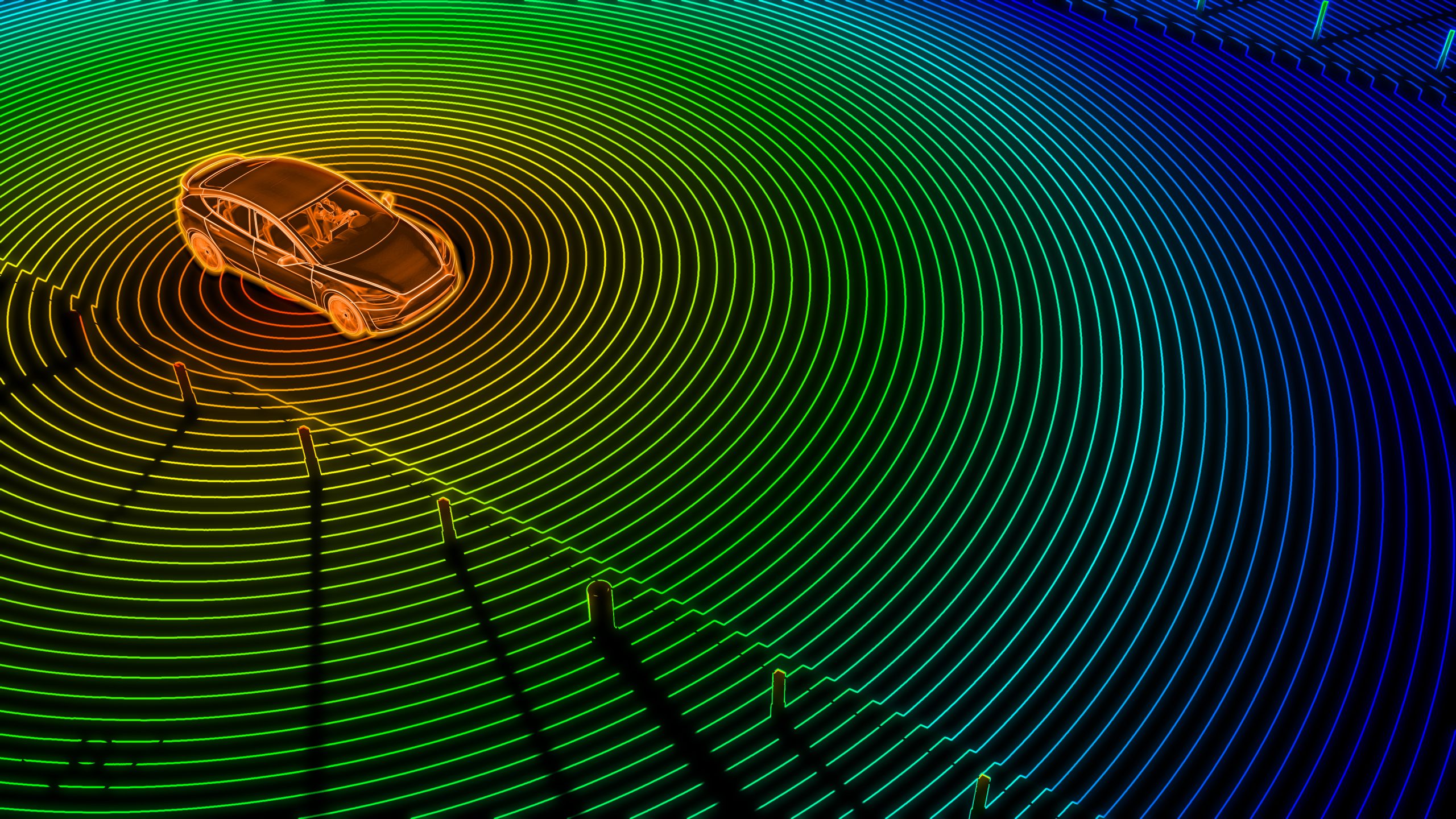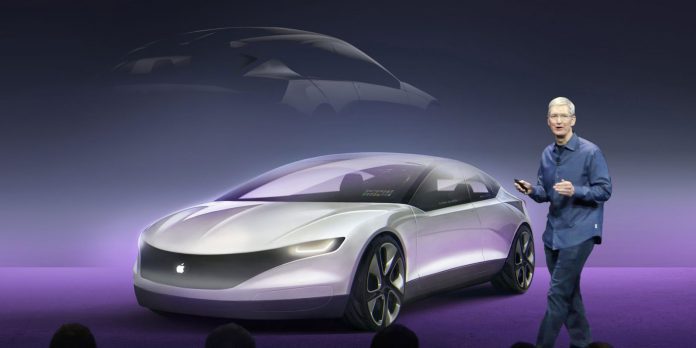Apple officials are struggling with the reality that the company’s initial aim for a fully driverless vehicle by 2025 is not attainable given existing technology. As a result, 2026 is the new anticipated target launch date.
Titian, Apple’s automaker project, has been in limbo for several months despite having planned to develop a brand-new, completely automated vehicle by 2025. As a result, the corporation has been forced to postpone its plans to a later date. The car’s intended purpose was to allow drivers to recline and unwind while in the vehicle.
Executives were designing a prototype of the car without manual control systems before the start of production. The company is now considering a less ambitious design, which will feature a steering wheel and pedals if they reach city streets or run into inclement weather, which is a huge change for the project.
  More: Stellantis pursues aggressive autonomous driving goals with recent acquisition |
The difficulties Apple will face by expanding into a completely new product category and overcoming technological issues that have hindered some of the biggest companies globally, are highlighted by these most recent adjustments. The secret effort could push Apple’s capabilities to their absolute limit while also serving as another significant revenue generator for the iPhone manufacturer.
Apple’s technology is built around a powerful onboard computer system and a unique set of sensors. The company’s engineering team is creating the processor, whose performance is comparable to four of Apple’s most advanced Mac chips put together. Although Apple may scale it down before the debut of that car to reduce costs, the chip has matured to the point where it is thought to be, almost, production-ready.
Apple is also exploring the idea of a remote command center to assist drivers in controlling cars from a distance during emergencies. Lowering the starting price from $120,000 to under $100,000 would put it in the same price range as Tesla’s entry-level Model S and Mercedes-EQs.
Did you enjoy this article/interview? Please share your thoughts, comments, or questions regarding this topic by connecting with us at newsroom@cbtnews.com.
Be sure to follow us on Facebook, LinkedIn, and TikTok to stay up to date.
While you’re here, don’t forget to subscribe to our email newsletter for all the latest auto industry news from CBT News.




